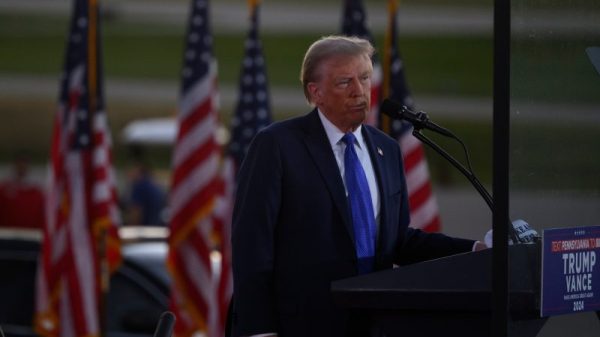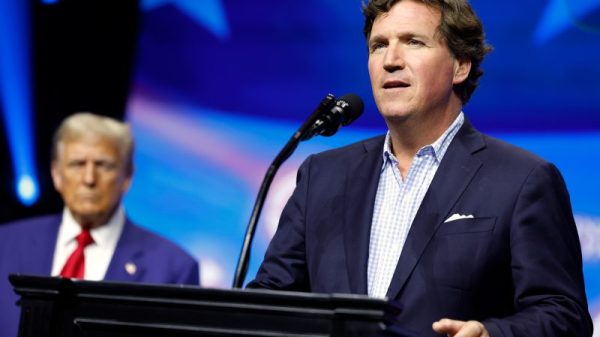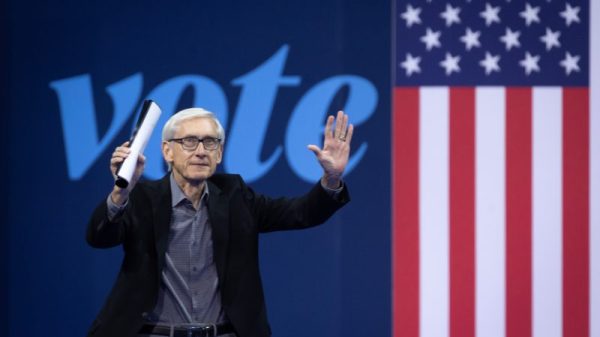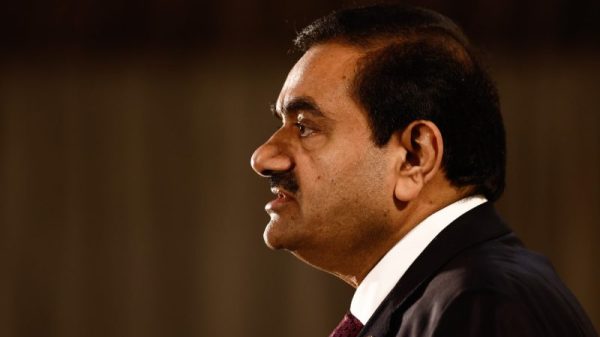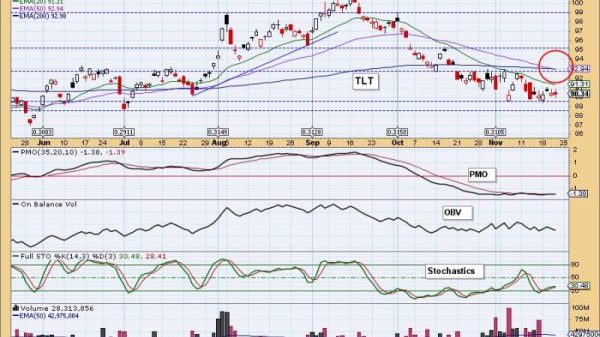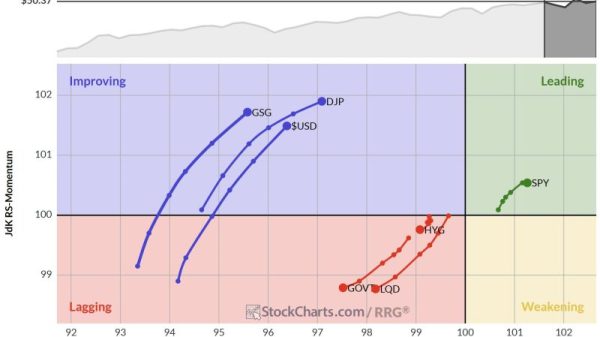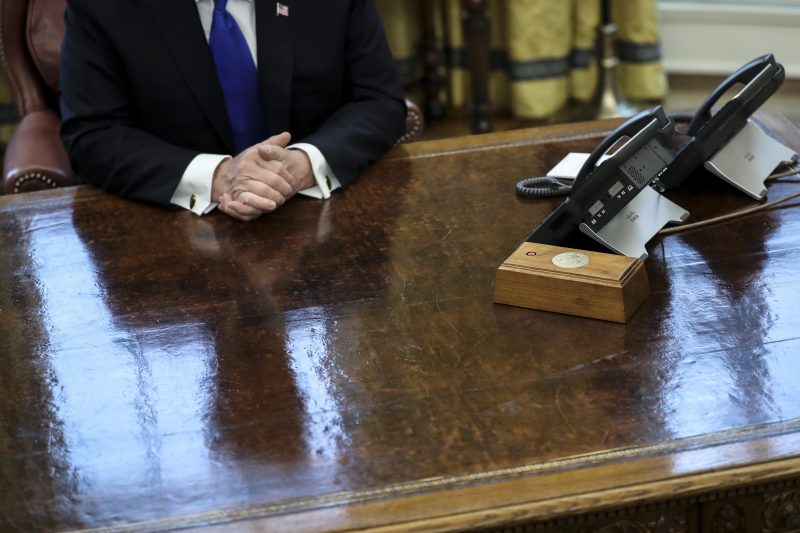Donald Trump has long argued that he avoids policy specifics because it limits his ability to negotiate. If he states publicly that he wants to do Specific Thing X, this suggests, his ability to pressure trade partners is hamstrung by their understanding his bottom line.
You can see how this would appeal to Trump. It certainly comports with his experience prior to seeking the presidency, though it fails to account for the fact that the negotiating position of the U.S. government is magnitudes of order more robust than any private company. (He did come to appreciate the way in which the government could offer leverage of its own.) It also lets him avoid getting into policy specifics, something in which he’s never demonstrated any actual interest.
In the 2016 campaign, there was one policy point for which he regularly offered detailed specifics: his proposed wall on the border between the United States and Mexico. Often mentioning his background in construction, he would talk about how deep its foundations would go and which materials would provide the most effective barrier. Most of all, though, he’d talk about how tall it was going to be.
“You take precast plank,” Trump said in August 2015. “It comes 30 feet long, 40 feet long, 50 feet long.” You could easily make a 30-foot wall out of that. Or, as he said in February 2016, maybe it would be 35 to 40 feet tall. And so on.
Eventually, he moved away from those specifics in favor of using the wall as a measure of how mad he was at immigrants and their defenders. A few minutes after predicting a 40-foot wall, a journalist noted that (despite Trump’s pledge) Mexico said it wouldn’t pay for the wall. Well, Trump replied, “the wall just got higher.”
This became a tagline: The wall just got 10 feet higher! His crowds ate it up, understanding that he wasn’t saying the wall would actually be 80 feet tall or whatever but, instead, that the wall was a representation of how Trump would lash out against the things they disliked. Oh, Mexico doesn’t like a 40-foot wall? Well, how about a 50-foot-tall one. The D.C. elites think that’s ridiculous and counterproductive? Now it’s 60 feet tall. Keep going, guys, and see how tall the wall gets.
Eight years later, Trump’s campaign is centered on another policy proposal that mirrors how he once talked about the wall: tariffs.
Like the wall, Trump embraces tariffs because they are viewed as punitive. He can tell his audience that the imposition of fees on imports will serve as a way to punish the Chinese and other foreign manufacturers. As with the wall, the tariffs would end up being paid for by Americans (since the costs of tariffs are paid by the importer, who passes a big chunk of those costs on to buyers). But, as with the wall, Trump assures his followers that it’s the foreigners who will feel the pain.
Then there’s the fake, malleable specificity of the scale of tariffs. Instead of talking about height, Trump keeps talking about percentages. Maybe the tariffs on goods from foreign countries will be 20 percent. Maybe the ones on products from China will be 60 percent. Maybe he’d double or triple the overall price. Maybe the tariffs would surge to 1,000 percent!
These are not serious proposals, any more than a 60-foot wall was. The inflated numbers serve not as a prediction of what he’ll do but, instead, as a measure of how mad he is at the people who would pay the price (at least according to him).
Speaking to Fox News’s Maria Bartiromo over the weekend, Trump assured her that the numbers he was offering wouldn’t go into effect — because, he said, companies would be scared into manufacturing their products domestically.
“So you’re not going to actually push prices higher?” Bartiromo said. “That’s your thinking?”
Of course, Trump assured her. Yes, he was saying he’d impose a 200 percent tariff, but he was “using that just as a figure of speech.” She pointed out that he used that particular figure a lot, to which he replied, “Well, I will say 100, 200. I will say 500. I don’t care.”
The point isn’t the specific. The point is the rhetorical effect.
Some Trump allies have argued that this is the important point: He wouldn’t actually implement tariffs that would have a predictable inflationary effect on the American consumers who would end up incurring the costs. Instead, he’s just staking out an extreme position from which he can negotiate.
The problem with that argument is seen in Trump’s actual presidency, particularly when contrasting his rhetoric around tariffs with what he said about the wall. Halfway through his term in office, he began facing criticism from right-wing media personalities for failing to build any wall. So he forced a government shutdown in an effort to get funding for a wall, eventually giving up that fight in favor of declaring a national emergency that allowed him to appropriate funding from other places, mostly the military. The wall was built.
Trump would almost certainly feel similar pressure to implement tariffs, purported punitive measures against foreign manufacturers. He imposed tariffs when he was in office the first time around! The question isn’t whether he’d do this but, instead, how broadly they’d be implemented.
For now, though, the point of Trump’s rhetoric on tariffs isn’t to offer a precise explanation for how he’d use the tool to advance American interests. As with his talk about the wall in 2016, it’s to present himself as an outside-the-box thinker, someone who will buck convention (and the warnings of economists) to inflict damage against foreign companies and countries. And the more you complain about it, the more damage he says he’s going to inflict.
Should he win the election, tariffs will follow. They won’t be 1,000 percent any more than the wall was 60 feet tall. (It ended up being about 30 feet.) But, given Trump’s interest in saving face, they won’t be zero.

